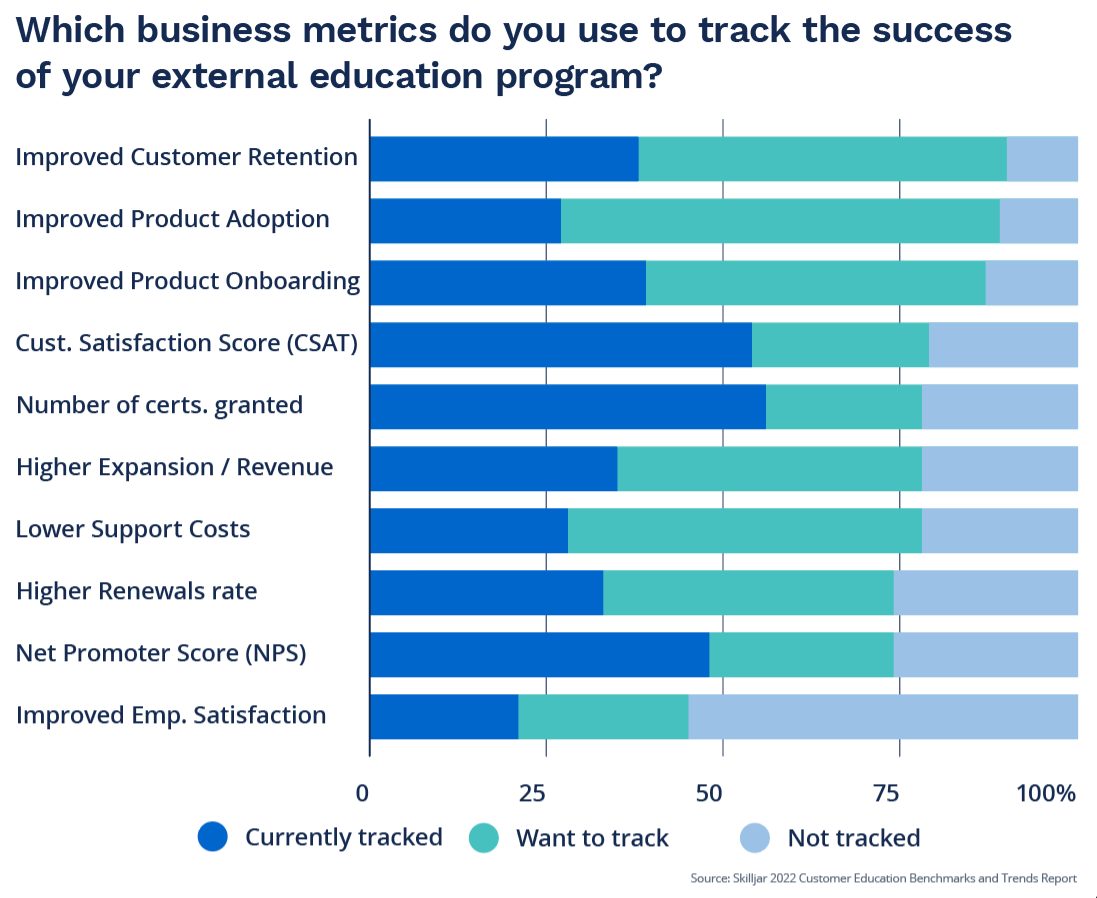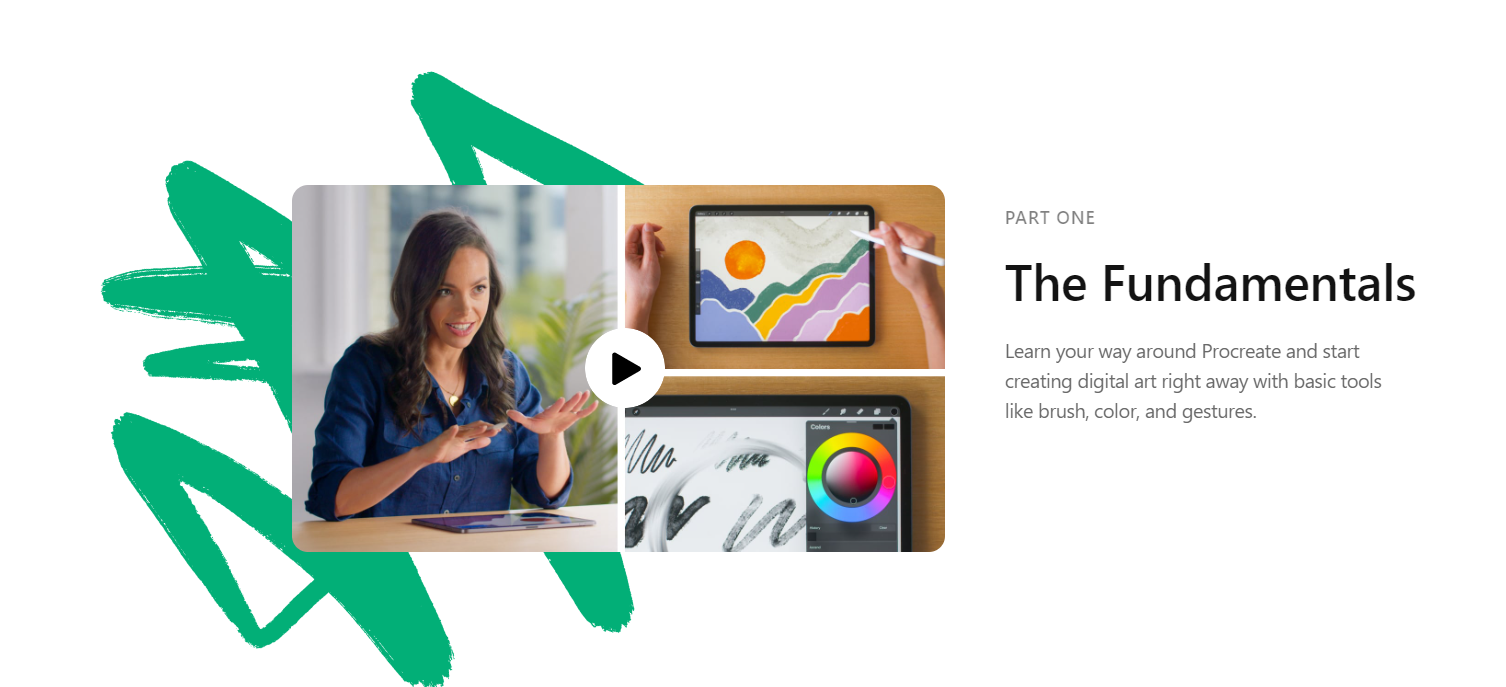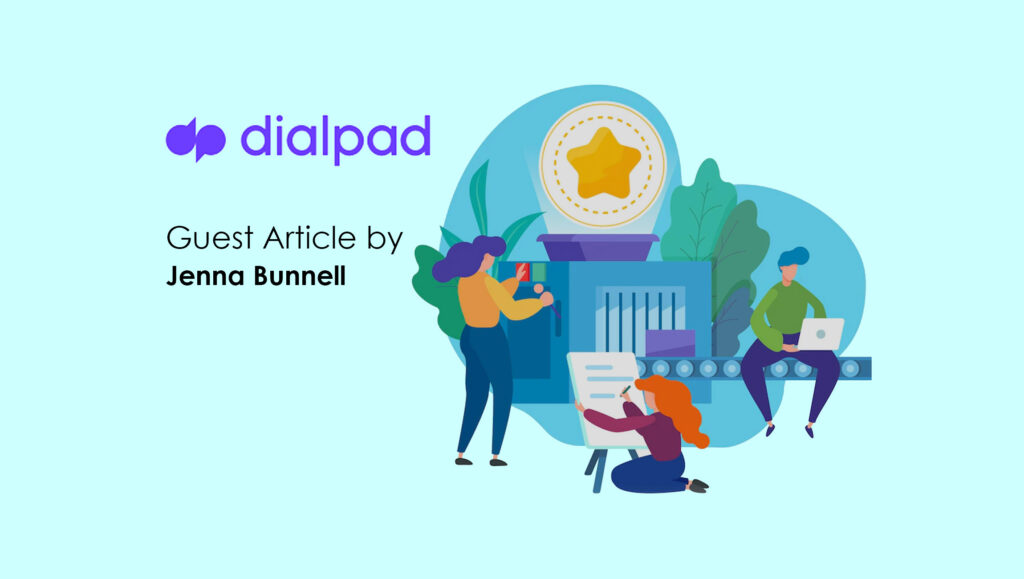It doesn’t matter whether you operate in the B2B or B2C sectors, your customers are your lifeblood. They drive sales, profits, and company growth.
Sales and repeat sales now depend on more than simply good products and prices (though that does help). Now, customers can judge a brand on reviews, on how trustworthy a brand is perceived to be, and how good customer service and the customer experience is.
Yet there is another factor that matters to them: customer education. So, what is it, and how can you utilize it to further enhance the customer experience?
What is customer education?
Customer education can cover the use of a wide range of tools and resources that can inform your audience about your products or services, and how to use them successfully. For example, posting a video that explains Formstack integrations with your software would be a form of customer education as it would help the customer to understand how the integrations work and how to do them correctly.

Image above sourced from skilljar.com
The ultimate goal is to inform your customers about your products or services, starting with their initial interactions through to post-purchase support. Overall, customer education should encourage continued use of your business, as well as better understanding of what you offer.
Why is customer education important?
To answer this, it’s worth first considering the following: why do customers buy things? Usually to fulfill a need, solve a problem, or simply because they desire a product or service.
For example, a busy call center may be looking to expand and want to look at different cloud contact center solutions. They won’t simply pick one at random, they want to learn what each solution offers and if it meets their needs.
When you offer good levels of customer education, you guarantee that people will understand exactly what you’re offering, and how it will solve their problem. This is likely to encourage them to trust your brand, meaning they’ll be inclined to choose you over your competitors.
The benefits go beyond this initial point of contact, too. Think about how often you’ve skipped pages in an instruction manual and gone straight to the ‘quick start’ section? By providing simple guides and/or ‘how to’ videos, you can simplify the onboarding process. This will improve the customer experience and reduce the time and costs that can be associated with after sales support.

Image sourced from procreate.art
Your customers want to help themselves as much as possible so offering a range of customer education resources can help them achieve that. This can also reduce the time spent on the onboarding process and can offer greater value to you both, helping build brand loyalty in the process. Just make sure that the same level of customer education is offered by your sales, marketing, and support teams.
Read More: SalesTechStar Interview with David Levin, Chief Executive Officer at Poppulo
Three steps to a great customer education strategy
So, now you have an idea of the importance and benefits of customer education, how do you build a strategy that promotes that idea? The most important thing to note is that customer education should be integrated into the whole customer lifecycle, not just at the start.
1. Set your goals
The first step is to identify what it is you want to achieve through customer education. Is your primary goal to boost retention? Or are you looking for increased engagement on a particular social media channel? You may want to increase sales figures and/or increase CLV (customer lifetime value).
Goals can also be at several levels and can include overall business goals, departmental goals, and even team goals.
Of course, you need goals to be measurable, so at this stage, you should also be identifying the different metrics that will show you how well any customer education tactics are working. For example, your goal may be to see increased sales of a web conferencing solution so your education should be geared towards increasing knowledge of your solution so more people buy it.
2. Resource and staff
Once you have decided on specific goals, you need to decide what resources you will allocate to your customer education program and who will have responsibility for it. What form will your education take? Are your audience more likely to prefer simple ‘how to’ videos, or more academically-minded white papers that outline the advantages of your product?
Once you’ve decided on the style of content you want to create, you can put together a team. Make sure to choose staff from the different teams in your organization. Include people from marketing and sales, as well as representatives from any design or content creation teams you have. That way, you can ensure you’re making the most engaging and accurate content, the first time.
From there, it’s time to make sure you have any resources you need – whether that’s skilled writers, appropriate audio visual equipment for a webinar, or something else.

3. Create and implement
You now have your goals, allocated resources, and a team responsible for creation and delivery. It’s now time to put all those together and create your customer education program. Like any strategy, such as an omnichannel retail strategy, you may not get things right the first time. This is why you should closely measure associated metrics to see what works as well as being sure to listen to any customer feedback.
You need to think about what you are educating customers on. Items like technical products can be fairly obvious, especially if there is any degree of complication to them. But if you’re a lifestyle brand, you might want to broaden your appeal – for instance, if you’re an eco-friendly product, can you expand into general environmental education? This can be a good way of encouraging sharing beyond your initial target audience.
As well as keeping an eye on how well your strategy is doing in general, make sure to take note of specifics. Are your videos getting more engagement than your white papers? Are people asking for more in-depth content, or complaining that it’s too long? By listening to this feedback, you can ensure your educational material gets the most engagement that it can.
Read More: Why Now’s The Right Time For Customer Lifecycle Management
The takeaway
A good customer education strategy can make you stand out from your competitors and drive better sales. It should make the onboarding process easier, increase trust in your brand, and encourage people to keep coming back time and time again. Overall, customer education can be a great method that helps build customer relationships and improve the overall customer experience.




















